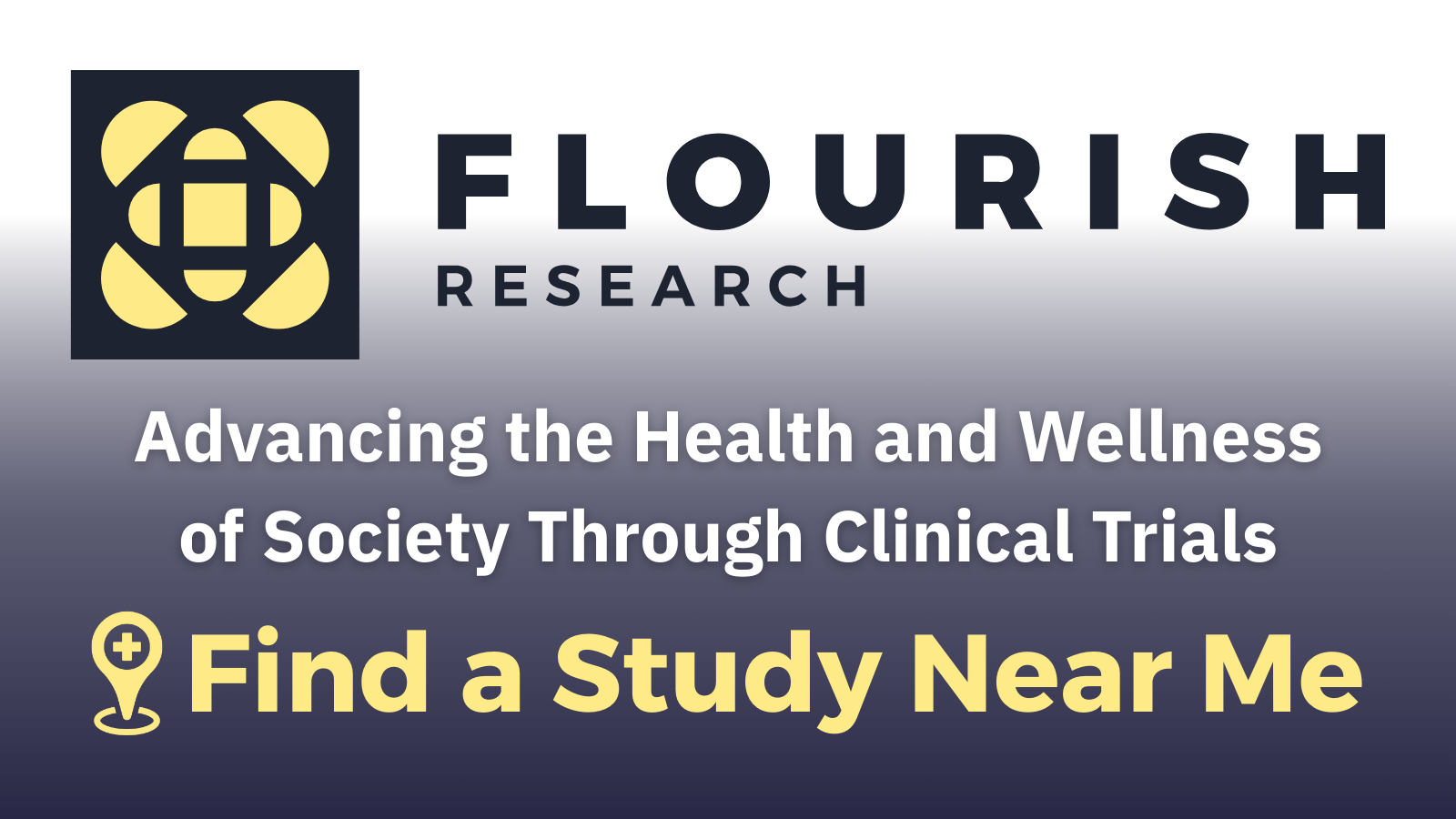A Trip Down Memory Lane

We’ve all heard of the cardinal directions (north, east, south, west) and some of us even learned the mnemonic “never eat soggy wheat” (or waffles). I haven’t used that mnemonic since elementary school, so thinking about learning it was a fun trip down memory lane. But… that’s weird, right? At one point it was easier for me to remember a phrase than the cardinal directions. And now I don’t need the phrase at all. In fact, I don’t even really think about directions, when I look north I just know that east is to my right.
Memory is weird because it’s really, really, really complicated. My editor said I had to keep this article shorter than War and Peace, so we’re going to simplify. Memory can be divided into implicit and explicit memory. Implicit is unconscious and rigid. It includes actions, emotional responses, muscle movements, physiological responses, skills, and habits. Knowing how to ride a bike is an example of an implicit memory. Explicit memory is conscious and flexible. It is also called declarative memory because you can easily declare the memories with statements like “I rode my bike ten miles yesterday” or “A bicycle has two wheels, a frame, a chain, and pedals.” This example also shows the two separate types of explicit memory: episodic (autobiographical stories) and semantic (facts). Now that we know the types of memory, how do we actually remember stuff?
Memories are formed through three major steps:
- Encoding is attending to new information and processing it
- Consolidating & Storing are physical changes in the brain converting information from electrical to the cellular and protein level; making new synapses and storing memories
- Retrieval is reconstructing a memory by bringing information together
Several parts of the brain are involved in these processes. Implicit memories may involve the emotion-related amygdala, the motion-oriented cerebellum, reflex pathways, the wrinkly neocortex, and other areas. They tend to be stored in the circuits related to the memory, - bike riding involves the motor circuit, for example. They say an elephant never forgets, but the hippo is very important for explicit memory. The hippocampus, that is. Explicit memories rely heavily on the hippocampus, a seahorse-shaped area of the brain. The hippocampus helps process and link explicit memories together, but they are really stored in the areas of our brain associated with the sensations of those memories (called the association cortices). This makes sense: when I think of learning to ride a bike I remember images of the parking lot, the yell of my papa’s voice calling after me as I roll down a hill, the thrill of excitement as I balance. To retrieve these parts of my memory I activate the visual cortex, the auditory cortex, and the emotional amygdala. Memories are spread throughout the brain and to retrieve them we have to make connections that reactivate those same parts - though we can make mistakes and distortions during this retrieval.
Much more serious than simple retrieval mistakes is memory loss. This can come from myriad causes, including head injury, infections, tumors, alcohol and drug misuse, depression, anxiety, medication, and organ problems like liver damage. Taking the cake, though, are age-related conditions like dementia. Normal aging may make parts of memory formation and/or retrieval more difficult, but dementia is a different story altogether.
Dementia is a syndrome - a group of symptoms - characterized by a loss of memory and cognitive abilities. Alzheimer’s is the most common cause of dementia and is the 7th leading cause of death in the United States. The exact underlying cause of Alzheimer’s is unclear, but the effects are devastating. Proteins build up in and around neurons, especially those in the hippocampus and other memory-related areas. The neurons become dysfunctional and die, and memory is taken with them. People have trouble forming new memories and can’t retrieve old ones. Other than Alzheimer's, there are many other forms of dementia, such as vascular dementia, Lewy body dementia, frontotemporal dementia, and those caused by Parkinson’s disease, substance abuse, tumors, brain injuries, and metabolic disorders.
For each of these, the underlying condition damages the pathways where memories are encoded, stored, and/or retrieved. Neurons can’t regrow old memories, so the best treatments for these are often to reduce risk factors and seek early preventative methods where possible. Risk factors include:
- Physical inactivity
- Excess body weight
- High blood pressure
- High blood sugar
- Smoking and drinking alcohol
- Social isolation and depression
- Age
This list gives a few clear suggestions on how to reduce these risks:
- Stay active and eat healthy
- Keep blood pressure and blood sugar under control
- Reduce alcohol and tobacco intake
- Engage in hobbies, support groups, family, and friends if possible
Beyond reducing risk factors, a doctor may be able to diagnose the specific type of dementia and prescribe supportive medications. These may include medications that inhibit enzymes or specific neural receptors in the brain, medications that reduce blood sugar and cholesterol, and ones that may address specific symptoms like depression. Clinical trials have been underway for decades, seeking specific medications that aim to stop the progression of dementia and protect against the risk factors. Of course, the biggest risk factor is age. If you can figure out how to reduce age, please PLEASE give us a call.
Staff Writer / Editor Benton Lowey-Ball, BS, BFA
Click Below for ENCORE Research Group's Enrolling Studies
References:
Addante, R. J. (2015). A critical role of the human hippocampus in an electrophysiological measure of implicit memory. NeuroImage, 109, 515-528. https://www.ncbi.nlm.nih.gov/pmc/articles/PMC4340755/
Kandel, E. R., Schwartz, J. H., Jessell, T. M., Siegelbaum, S., Hudspeth, A. J., & Mack, S. (Eds.). (2000). Principles of neural science (Vol. 4, pp. 1149-1159, 1227-1246). New York: McGraw-hill.
National Center for Health Statistics. (December 2023).NCHS data brief number 492. Mortality in the United States, 2022. Centers for Disease Control and Prevention.
National Institute on Aging. (November 22, 2023). Memory Problems, Forgetfulness, and Aging. National Institute of Health. Retrieved July 8, 2024. https://www.nia.nih.gov/health/memory-loss-and-forgetfulness/memory-problems-forgetfulness-and-aging
Squire, L. R., Genzel, L., Wixted, J. T., & Morris, R. G. (2015). Memory consolidation. Cold Spring Harbor perspectives in biology, 7(8), a021766. https://doi.org/10.1101/cshperspect.a021766
Steinkrauss, A. C., & Slotnick, S. D. (2024). Is implicit memory associated with the hippocampus?. Cognitive neuroscience, 1-15. https://doi.org/10.1080/17588928.2024.2315816
Dementia. World Health Organization. Retrieved July 8, 2024. https://www.who.int/news-room/fact-sheets/detail/dementia



